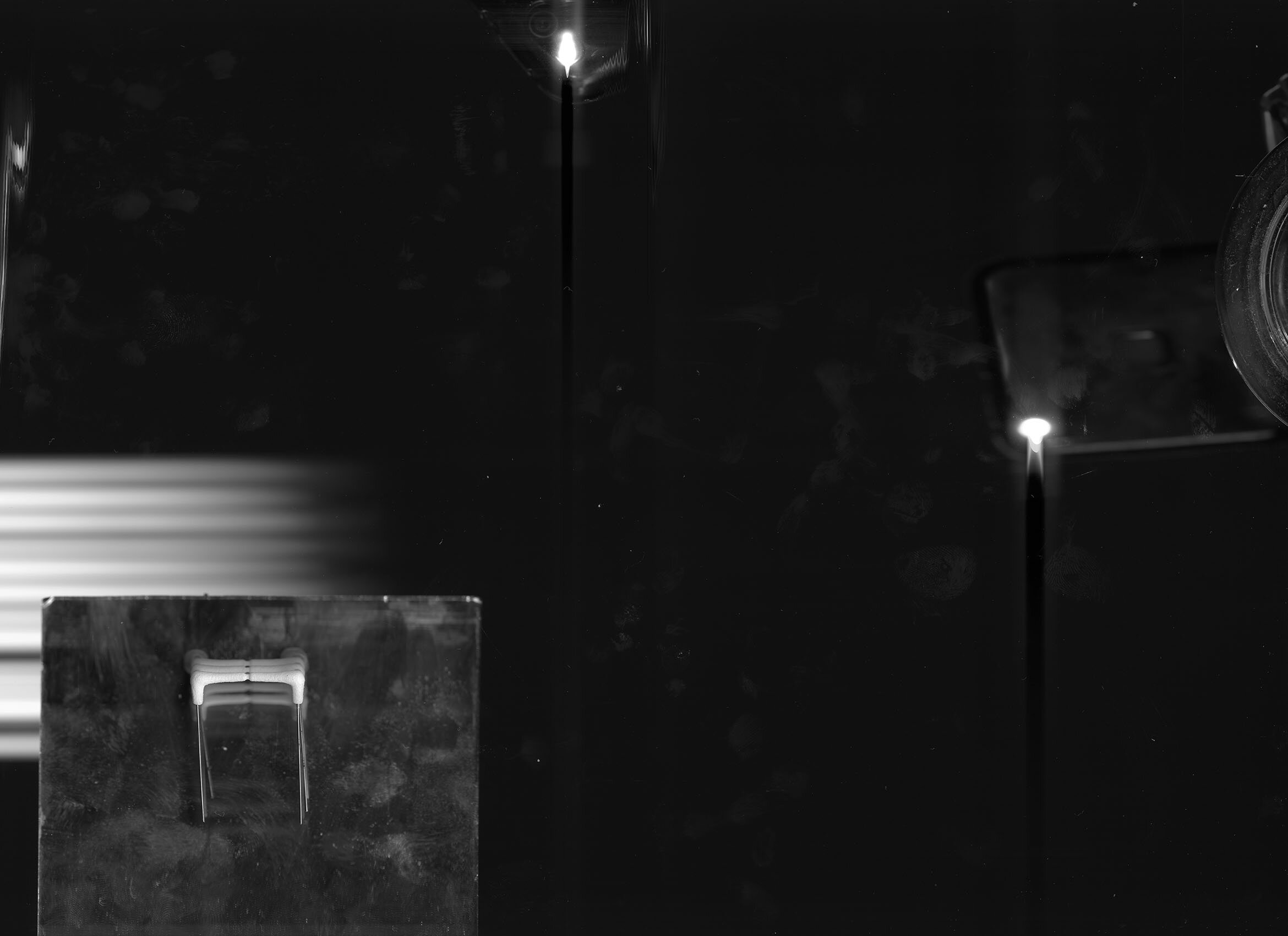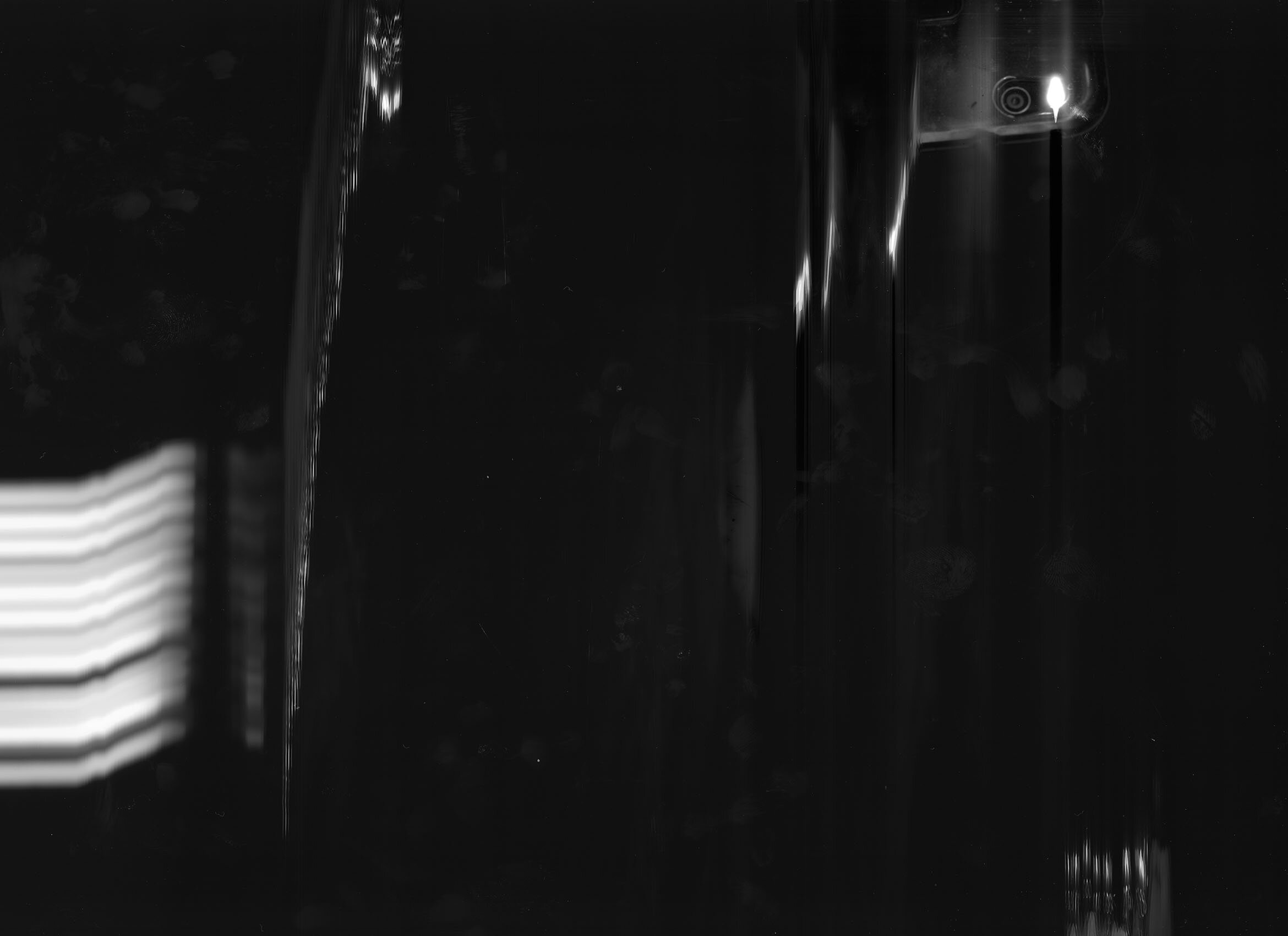Bridgeport Flatbed
These are worlds of certain form and ambiguous origin. They are documented by the anthropomorphic camera; an ominous observer. A scan head which creeps slowly , recording the object relations above, indiscriminate of scale. Its only interest is to faithfully capture chance encounters in time; a tapestry of texture, motion and depth. Through use of shallow focus we can caress our way through these miniature landscapes. The peripheral limits of the microscope shaft- that black unknown outside a circle of certainty- from previous experiments leave us frustrated. reach this sensory wall when we put the subject on a flatbed scanner. High resolution is mandatory.
Using two precision railed tools in conjunction; one for photographic capture - the flat-bed scanner; the other to facilitate linear, repeatable movements - the bridgeport mill, we can play with these worlds in a range of overlaid Cartesian choreographies. Everyday objects, forgotten flea-market trinkets and scaleless architectures move around in a dance with the slowly advancing scanner-line. This ‘theatre’ reveals the relationships between these objects in fragments as they traverse the line whilst it battles against the temporal axis. Stop-motion allows us to zoom into the high resolution and montage a kinetic sequence which operates at different scales.
How best to understand the world this scan head sees? As humans we are limited to a certain focal range and distance, but the mighty scan head sees all, at all scales. We can become superhuman through zooms and crops, and we can animate the worlds-within-worlds so that even time is redefined. The Macro set of the theatre has a time frame, but as we dive deeper into the blackness, time is stretched and compressed. The composer must carefully choreograph the dances of these objects, to be able to share authorship with the chance inherent to this exercise

















